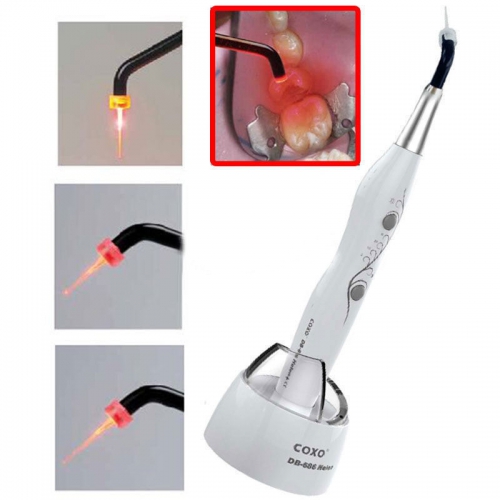In the dental field, a curing light can use ultraviolet or visible light, depending on what it is designed for. Curing lights are used primarily in the dental industry, where they are used in fillings, sealants, and adhesives for various dental procedures. Other versions of the curing light can be seen in use in manufacturing, where rapid and even curing can be an important part of the manufacturing process. A number of companies produce curing lights which have been custom designed for particular applications, ranging from electronics to dentistry.
The “blue wand” is a dental curing light. This light is used for polymerization of light-cured resin-based composites or, in other words, the white filling that we put in a tooth. There are several materials that are curable by light. These lights can be Tungsten halogen, LED, plasma, and laser. Halogen and the LED are the most popular.

In the 1960’s the first light-cured resin composite was developed. This led to the first curing light. They called it the”NUVA.” The NUVA used ultraviolet light to cure composites. It was discontinued due to lack of shortened wavelength curing into the resin. Advances were made in the 1980’s in the areas of making visible light curing.This next type of light was the halogen bulb. This light had further penetration and replaced the UV light.
Using a curing light accomplishes two things. In the first place, it makes sure that the resin cures properly and adheres evenly. When applying fillings, this is critical to keep the filling in place in the mouth. For sealants, the curing light limits the risk of cracks and other problems with the sealant. With adhesives for implants and braces, the rapid, even cure is also designed to limit problems in the future.
The dental curing light also increases patient comfort by rapidly curing resins so that the patient is not forced to sit in discomfort while the resin sets. Since the mouth usually needs to be held open wide and may be dry for the procedure, patients usually want the procedure to end as quickly as possible so that they can close their mouths and remoisturize the dried oral membranes. Using a curing light gets patients in and out of the portable folding chair quickly so that the experience of irritation and pain is limited.